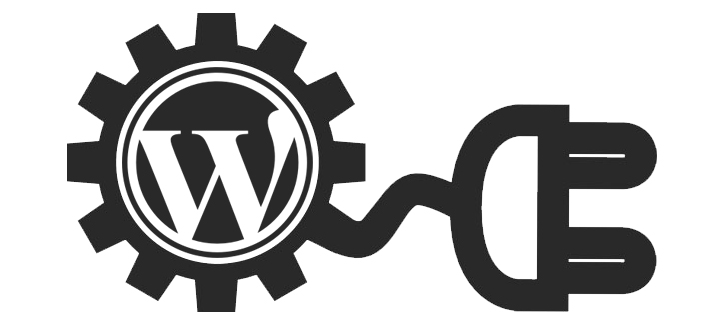Two options seem to jump out at this point:
- Subdomains
- Subdirectories
Subdomains versus Subdirectories
To start with, don't ask me why here I'm referring to folders as directories. Folders always used to be called directories going back to DOS when I first got into computers. I can't see any difference personally, they both do exactly the same thing and folders or directories can both have folders or directories inside them.My first sites have always kept their subject matter apart using subdirectories; eg www.any-site.com/animals/dogs.html. It's a way of keeping the information of an expanding site separate and easy to deal with. Each of those subdirectories created would hold the files for that section (html, images and anything else I used for that part of the site). That way, if I wanted to change a section, I didn't have to trawl through a huge number of files to find what I was looking for.
Plus, in my opinion, it looked more professional.
One thing always confused me though and that was how sites got addresses like "aminals.any-site.com".
The "animals" part is a subdomain of any-site.com, but when you look at the directory structure using your FTP software, it's just a subdirectory of the root, which in most cases is "public_html". When I first discovered what this naming convention entailed, my web space provider wasn't providing subdomains and I as a user had no access to the DNS (Domain Name Server) to create a subdomain.
Many companies use subdomains for the various sections of their businesses. One of the best known is Wix, which has been using subdomains for ages for its users to create websites for free. Each site is a subdomain of the Wix domain, but each operates as a standalone site.
You can do this too and even if your web space provider doesn't allow you to readily create a subdomain, you can do it from a subdirectory - which as I said, is pretty much the same thing, but without the fancy name.
The difference between subdomains and subdirectories is that when you want to access a subdomain, the subdomain's name goes ahead of the domain name - just like above with "animals.any-site.com".
Subdirectories on the other hand go after the domain name - ie www.any-site.com/animals.
So understanding the structure is the first step, but the need for subdomains over subdirectories is dependent upon what you are attempting to do with your site.
For us it's simple.
My wife and I run a small business from home. My wife does one thing, while I do another (although I do help with her side of the business too). Neither areas of our business are related other than sharing web space; in other words, both sides of the business are on the same web site.
I have been told that this is bad, but I can't understand why, I mean, if someone who searches for what I do, then (hopefully) they will be directed to the pages of our site that pertain to that, not the other side.
To try and separate them further, but without the added costs involved with purchasing and hosting a new site, I decided to go down the subdomain route.
To that end, I am creating a site that displays the services my wife (and I on occasion) provide, with a subdomain containing a very different-looking site, displaying the services I provide. There are plans to add another subdomain to replace the site I lost when I left England (because they wouldn't host the site if I wasn't resident in the UK), but that's something I will have to assess further down the line.
Whether this works or not remains to be seen, but we will see...


